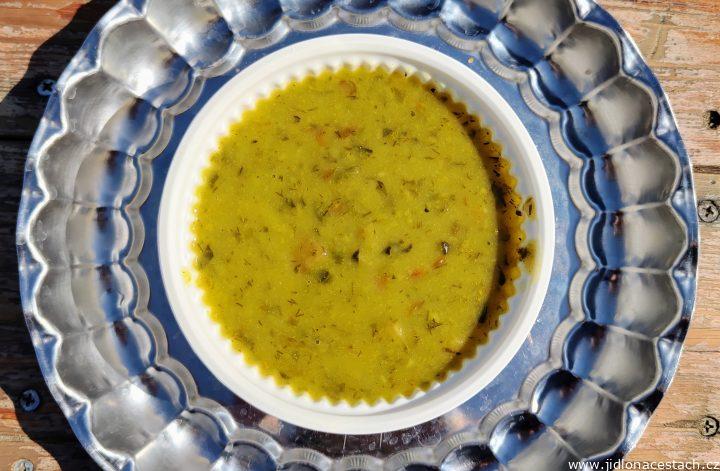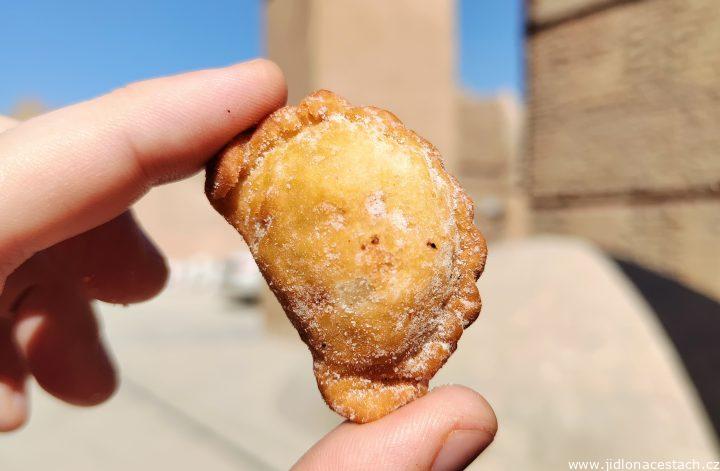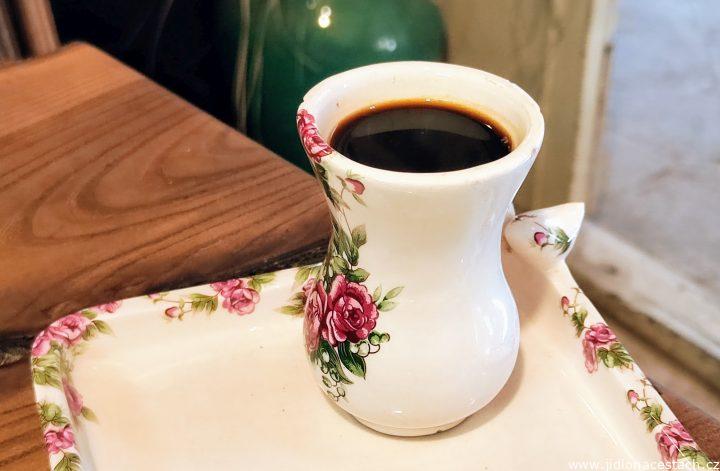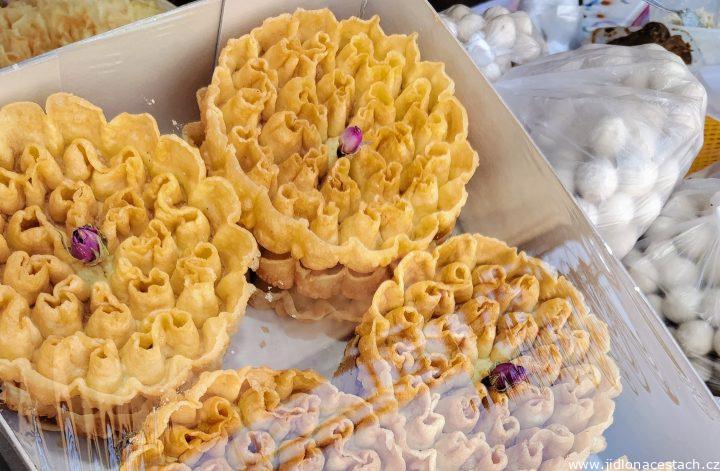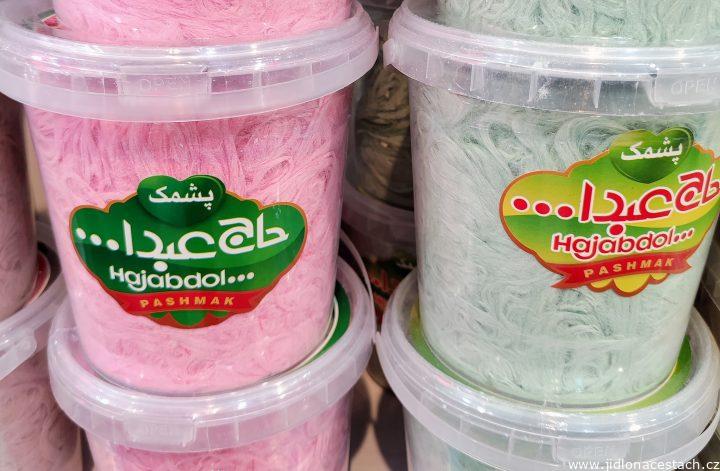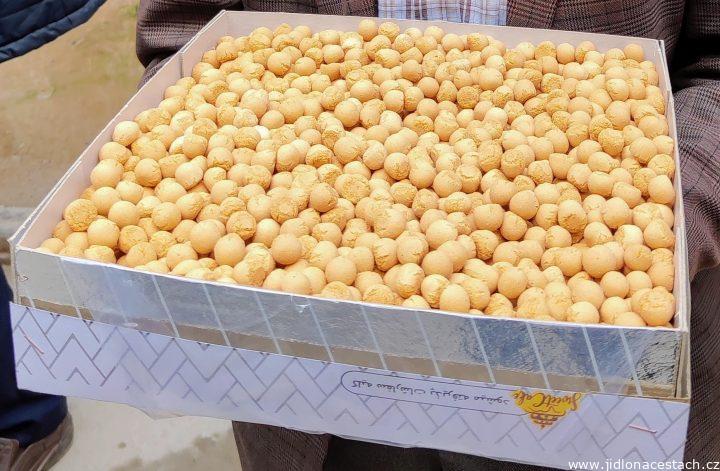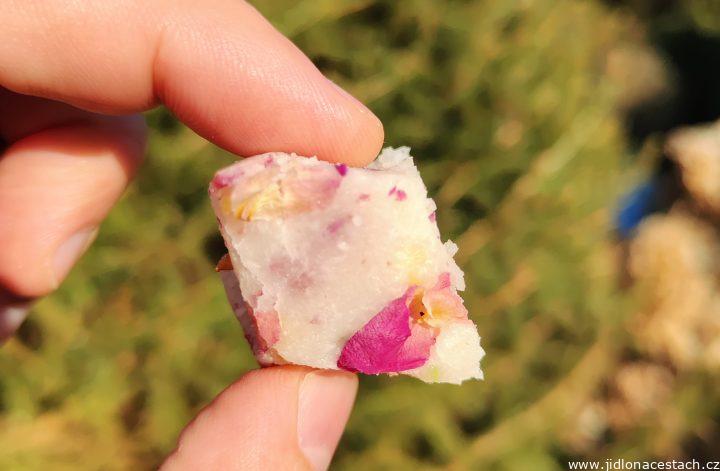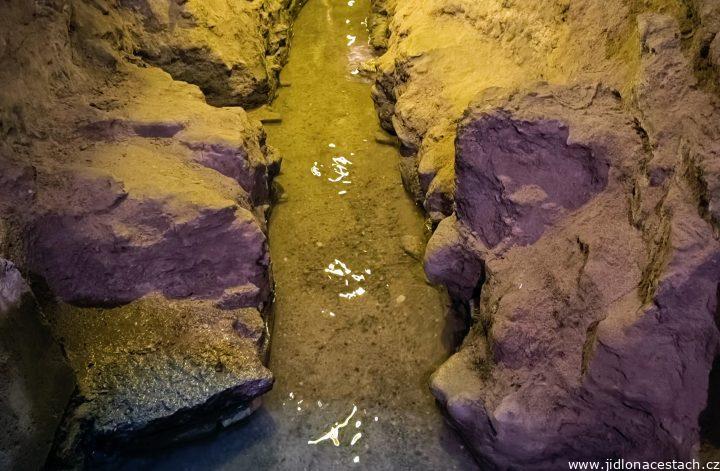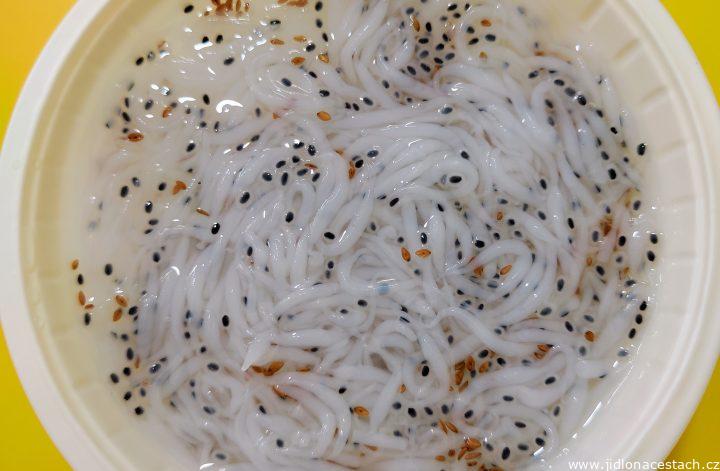What to Eat in Yazd
Yazd (یزد), located in central Iran, is one of the oldest continuously inhabited cities in the world and a significant center of Persian culture and history.
Food in Yazd
Historical and Geographical Influences on Yazd’s Gastronomy
The city of Yazd is situated in the arid desert region of Iran, where traditional agriculture requires exceptional adaptability to challenging climatic conditions. The scarcity of water and high temperatures have shaped the local gastronomy, as the inhabitants of Yazd have focused for centuries on ingredients that are easy to store and preserve, as well as on specific drying and preservation techniques.
Thanks to the city’s location on the historic Silk Road, Yazd had access to various spices, dried fruits, and nuts. These ingredients became an integral part of the local cuisine and influenced its flavor profile.

Characteristic Ingredients of Yazd’s Gastronomy
Yazd’s cuisine primarily uses durable and dried ingredients commonly found in Iran’s desert regions:
- Dried fruits and nuts: Yazd is renowned for producing high-quality pistachios, almonds, and walnuts, as well as dried dates, raisins, and figs. These products are traditionally stored and used throughout the year.
- Spices: Typical spices used in Yazd’s cuisine include saffron, cardamom, cinnamon, turmeric, and rose water. These spices are a common part of both sweet and savory dishes.
- Wheat flour and grains: Due to the easy storage of grains, the local cuisine features various types of baked goods, flatbreads, and dishes made from wheat-based dough.

Sweets and Confectionery from Yazd
Yazd is famous for its production of traditional Persian sweets and confections. Local sweets are characterized by the abundant use of nuts, saffron, rose water, and sugar. Many sweets in Yazd are prepared according to old recipes passed down through generations. Yazd’s confections are popular throughout Iran and are often exported abroad as sought-after souvenirs.

Qanats (Underground Water Tunnels) in Yazd
Yazd is well-known for its ingenious system of underground water tunnels (qanat), which are listed as a UNESCO World Heritage Site. These tunnels make it possible to transport water even in the arid desert.
Yazd lies on the edge of Iran’s Kavir and Dasht-e Lut deserts. Water is a rare and precious resource in this dry region, and it is one of the most essential ingredients in the area.
For Yazd, the qanats ensured the supply of this vital resource.
What to Eat in Yazd
- Kek-e Yazdi. A traditional sweet muffin with cardamom and rose water. It is a symbol of Yazd and the entire region, popular during celebrations or as an accompaniment to tea.
- Qottab. Fried sweet pastry filled with a mixture of almonds or walnuts, sugar, cardamom, and rose water, often coated in powdered sugar. A famous Yazd specialty and souvenir, associated with the city’s traditional confectioneries.
- Baghlava Yazdi: A type of Yazd baklava with pistachios, almonds, rose water syrup, and cardamom. It is known for its distinct recipe compared to other Iranian versions.
- Pashmak Yazdi. A delicate confection resembling cotton candy, flavored with rose water, pistachios, or saffron. A typical Yazd sweet and a popular gift from the region.
- Ash-e shooli. A thick soup made with herbs, vegetables, and legumes, characterized by a sour taste. It is an essential part of Yazd’s cuisine and is associated with local traditions and celebrations.
- Ghahve Yazdi. A spiced coffee drink containing cardamom, rose water, and other spices. A typical hot beverage of the Yazd region.
- Haji badam. Small, crunchy sweet cookies made from almonds (“badam”), sugar, and cardamom. They are connected to Yazd due to the local almond production and traditional confectionery.
- Loz-e Yazdi. Soft, sweet confections made from various nuts or coconut, sugar, rose water, and saffron. A very popular Yazd sweet often crafted by the city’s traditional confectioners.
- Nan panjereh Yazdi. A crispy fried sweet shaped like a “window” (panjereh), coated in powdered sugar. A favorite festive delicacy typical of Yazd.
- Khoresht-e beh alu. A stew made with meat, quince (beh), and dried plums (alu), with a distinctive sweet-and-sour flavor. It is associated with Yazd due to the traditional use of locally grown quince.
- Faloodeh Yazdi. A regional variation of the popular cold dessert.
- … and 44 more Iranian dishes from the list: What to Eat in Iran.

Enjoy your food in Yazd!
